
How to Use AC Circuit Breaker: Examples, Pinouts, and Specs
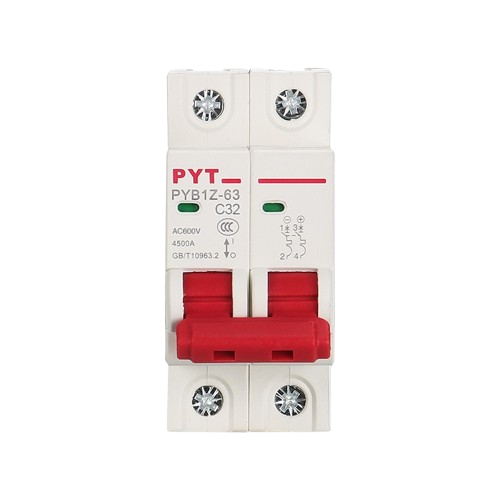
 Design with AC Circuit Breaker in Cirkit Designer
Design with AC Circuit Breaker in Cirkit DesignerIntroduction
The PYT PYB1Z-63 is an AC circuit breaker designed to protect electrical circuits from damage caused by overcurrent or short circuits. This safety device interrupts the flow of electricity when a fault is detected, ensuring the safety and longevity of electrical systems.
Explore Projects Built with AC Circuit Breaker
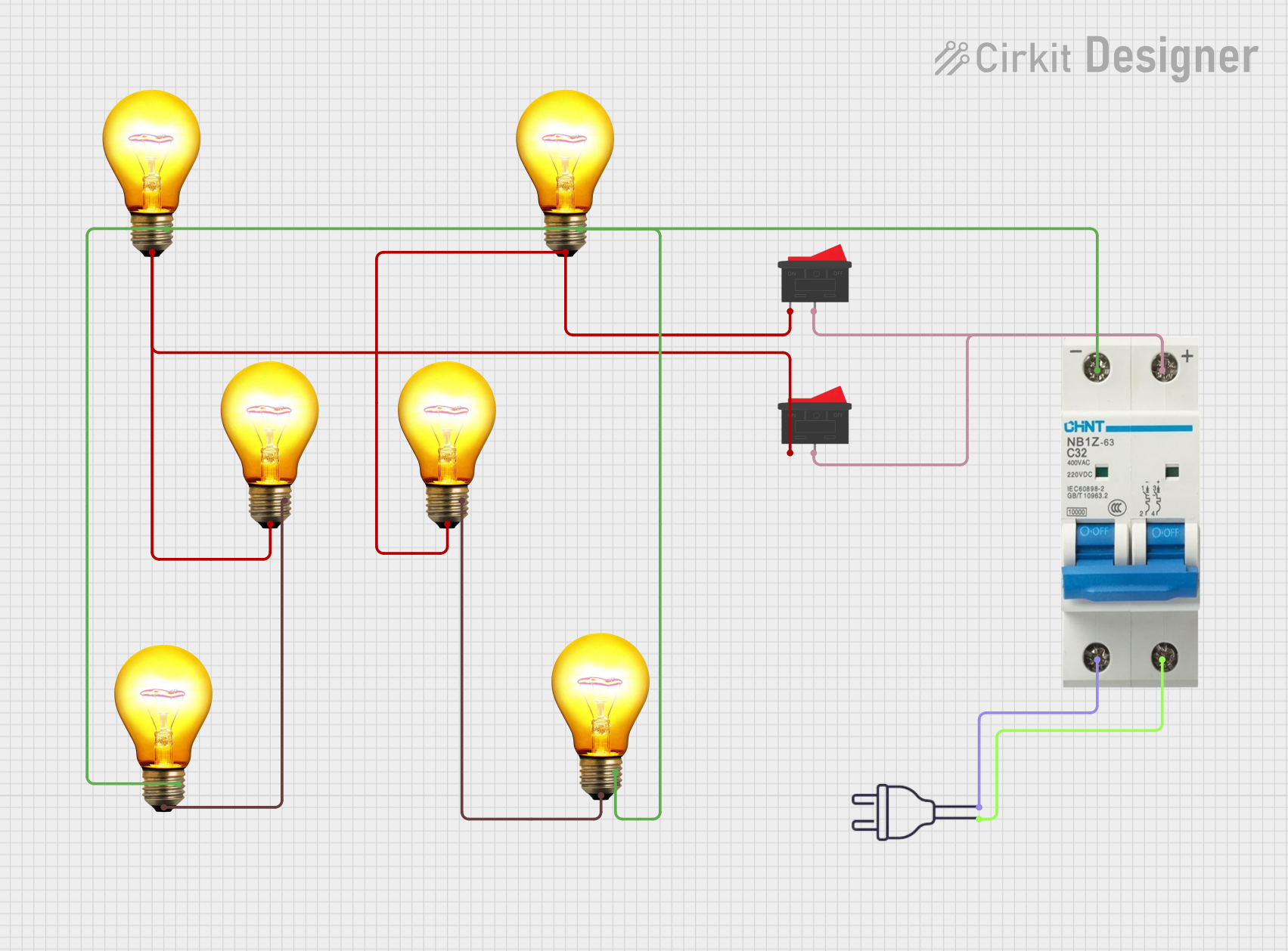
 Open Project in Cirkit Designer
Open Project in Cirkit Designer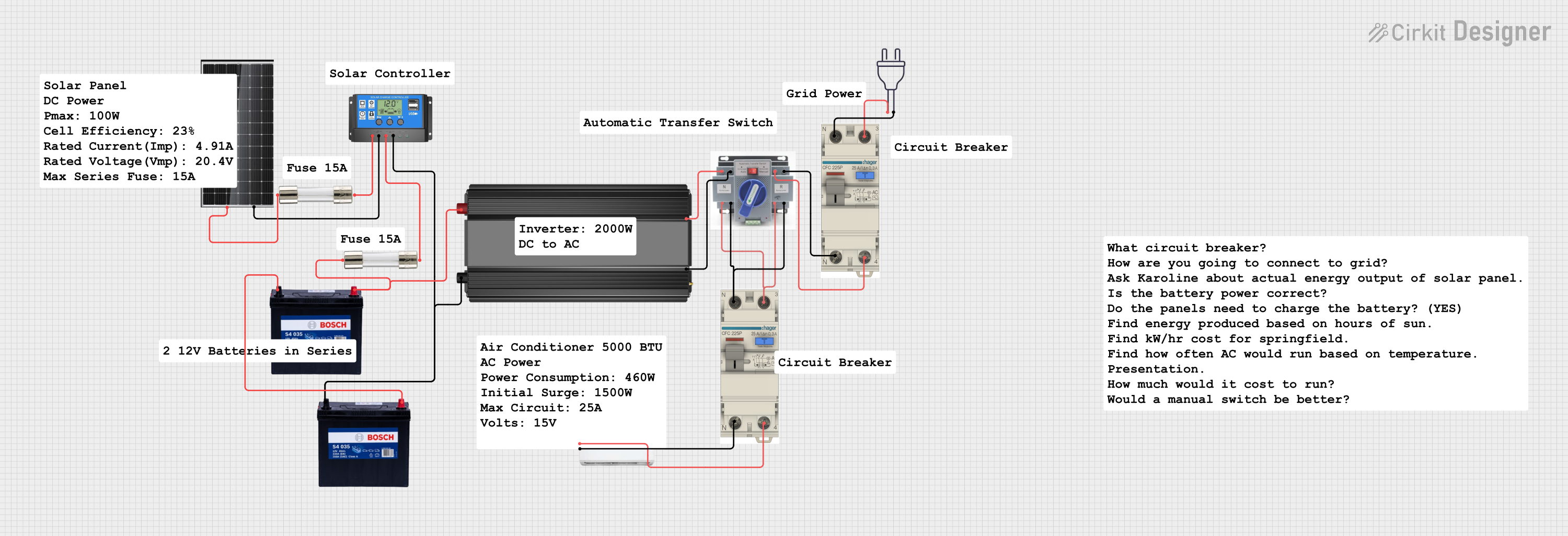
 Open Project in Cirkit Designer
Open Project in Cirkit Designer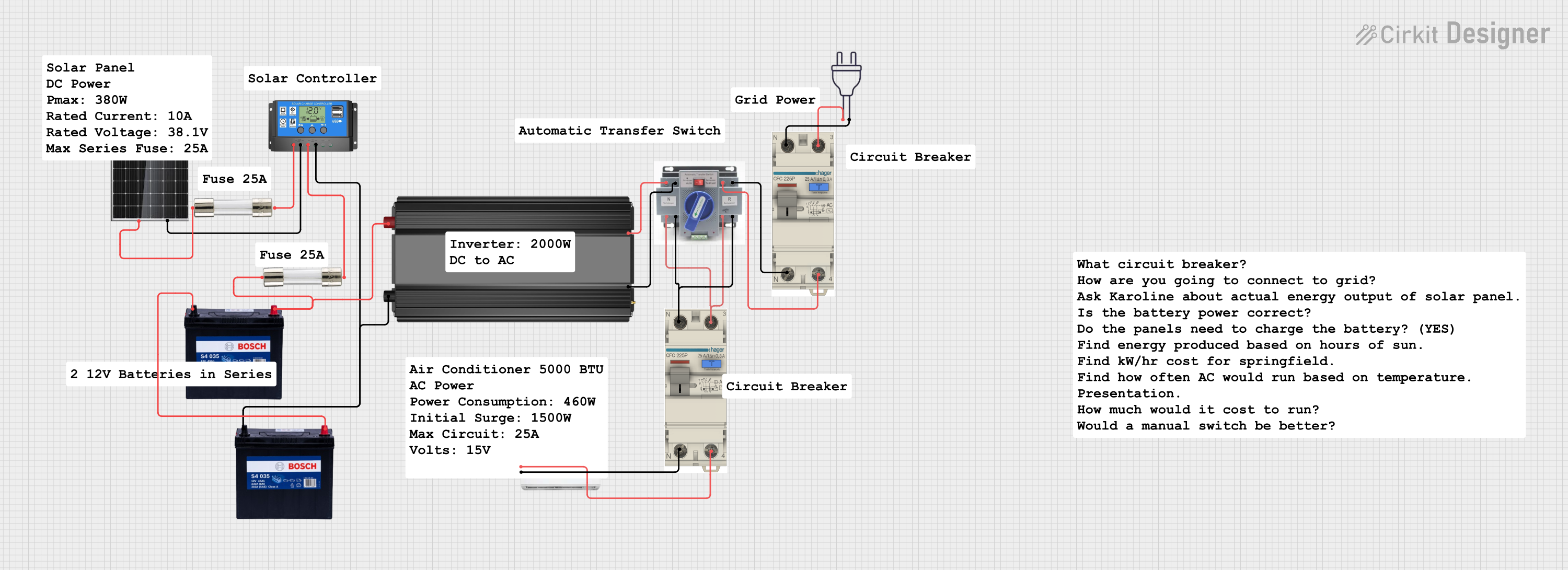
 Open Project in Cirkit Designer
Open Project in Cirkit Designer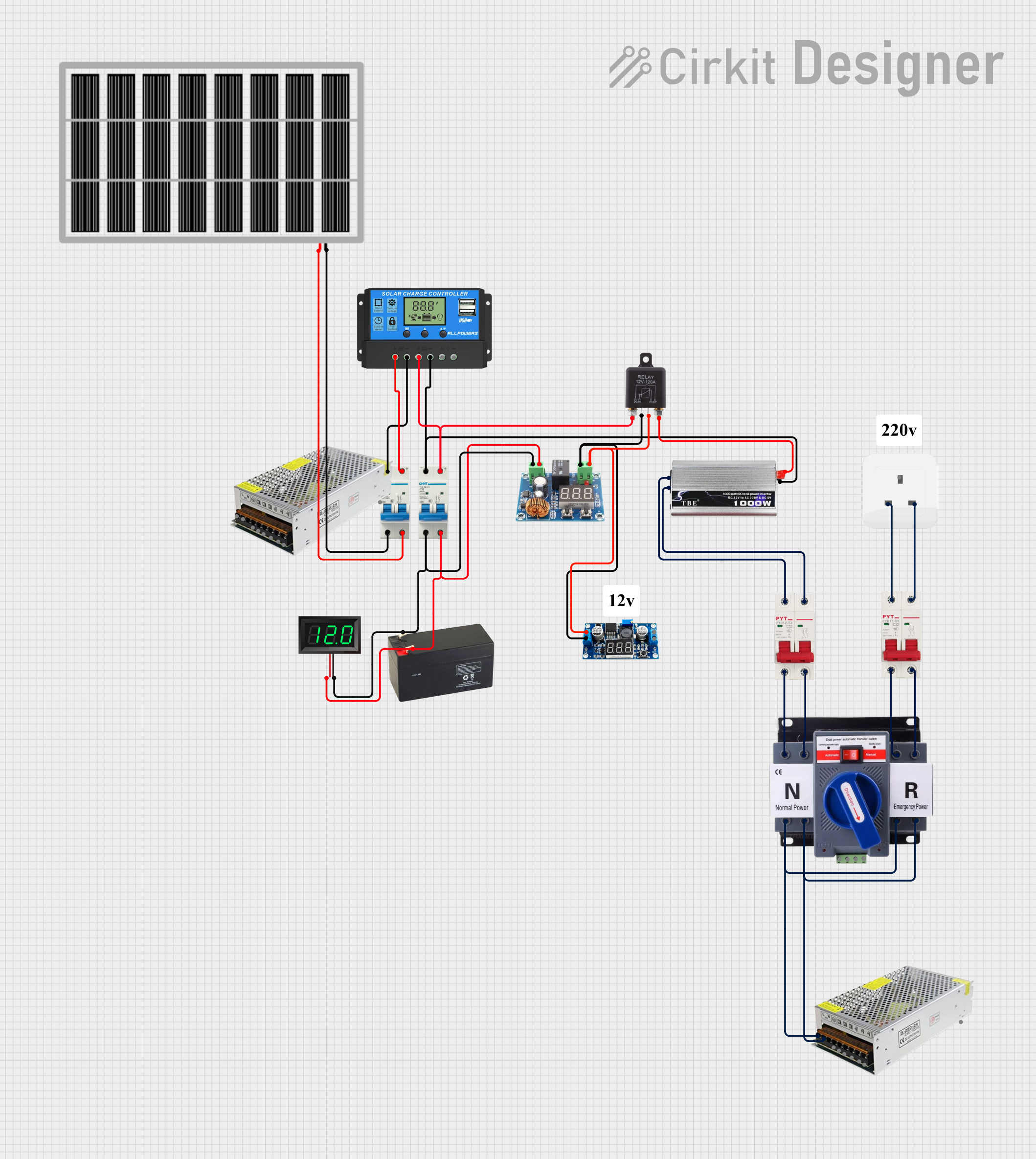
 Open Project in Cirkit Designer
Open Project in Cirkit DesignerExplore Projects Built with AC Circuit Breaker

 Open Project in Cirkit Designer
Open Project in Cirkit Designer
 Open Project in Cirkit Designer
Open Project in Cirkit Designer
 Open Project in Cirkit Designer
Open Project in Cirkit Designer
 Open Project in Cirkit Designer
Open Project in Cirkit DesignerCommon Applications and Use Cases
- Residential Electrical Panels: Protects household wiring from overloads and short circuits.
- Industrial Control Systems: Ensures the safety of machinery and equipment by preventing electrical faults.
- Commercial Buildings: Safeguards electrical infrastructure in offices, malls, and other commercial spaces.
- Renewable Energy Systems: Protects solar and wind power systems from electrical faults.
Technical Specifications
Key Technical Details
| Parameter | Value |
|---|---|
| Manufacturer | PYT |
| Part ID | PYB1Z-63 |
| Rated Voltage | 230/400V AC |
| Rated Current | 1A to 63A |
| Breaking Capacity | 6kA |
| Frequency | 50/60Hz |
| Number of Poles | 1P, 2P, 3P, 4P |
| Operating Temperature | -5°C to +40°C |
| Mechanical Life | 10,000 operations |
| Electrical Life | 4,000 operations |
Pin Configuration and Descriptions
| Pin Number | Description |
|---|---|
| 1 | Line Input (L) |
| 2 | Neutral Input (N) |
| 3 | Line Output (L) |
| 4 | Neutral Output (N) |
Usage Instructions
How to Use the Component in a Circuit
Identify the Input and Output Terminals:
- Connect the Line Input (L) and Neutral Input (N) to the power source.
- Connect the Line Output (L) and Neutral Output (N) to the load (e.g., household wiring, machinery).
Mounting the Breaker:
- Secure the breaker in the electrical panel using the appropriate mounting hardware.
- Ensure that the breaker is properly aligned and securely fastened.
Wiring:
- Use appropriate gauge wires for the rated current.
- Tighten all terminal screws to ensure a secure connection.
- Double-check all connections for accuracy and safety.
Important Considerations and Best Practices
- Safety First: Always turn off the main power supply before installing or servicing the circuit breaker.
- Proper Sizing: Ensure that the breaker’s rated current matches the load requirements to prevent nuisance tripping or insufficient protection.
- Regular Maintenance: Periodically inspect the breaker for signs of wear or damage and replace it if necessary.
- Compliance: Follow local electrical codes and standards when installing and using the circuit breaker.
Troubleshooting and FAQs
Common Issues Users Might Face
Breaker Tripping Frequently:
- Cause: Overloaded circuit or short circuit.
- Solution: Reduce the load on the circuit or check for wiring faults.
Breaker Not Tripping:
- Cause: Faulty breaker or incorrect installation.
- Solution: Replace the breaker or verify the installation.
Loose Connections:
- Cause: Improperly tightened terminal screws.
- Solution: Tighten all terminal screws securely.
Solutions and Tips for Troubleshooting
- Check Load Requirements: Ensure that the connected load does not exceed the breaker's rated current.
- Inspect Wiring: Look for damaged or frayed wires that could cause short circuits.
- Test the Breaker: Use a multimeter to check the continuity and functionality of the breaker.
- Consult the Manual: Refer to the manufacturer's manual for detailed troubleshooting steps and safety guidelines.
Conclusion
The PYT PYB1Z-63 AC circuit breaker is a reliable and essential component for protecting electrical circuits from overcurrent and short circuits. By following the usage instructions and best practices outlined in this documentation, users can ensure the safe and effective operation of their electrical systems. For any further assistance, please refer to the manufacturer's manual or contact technical support.